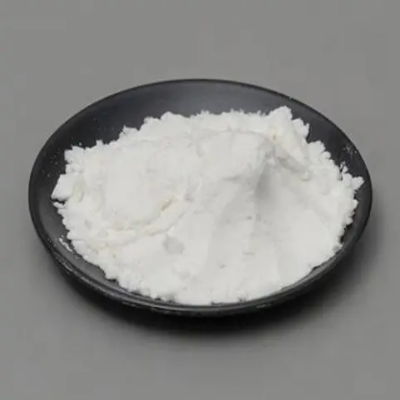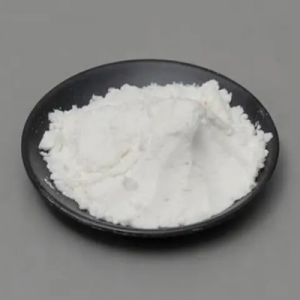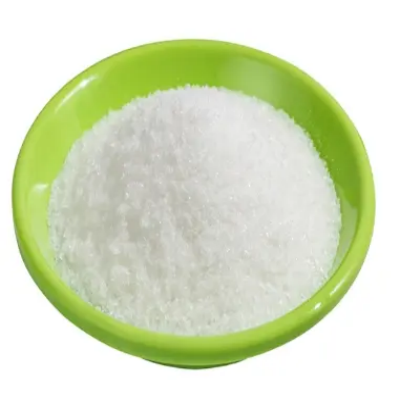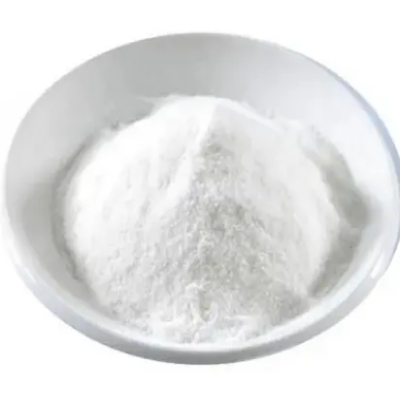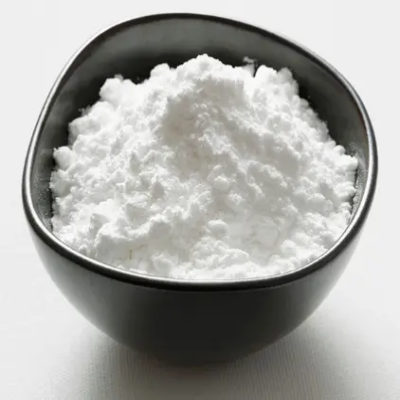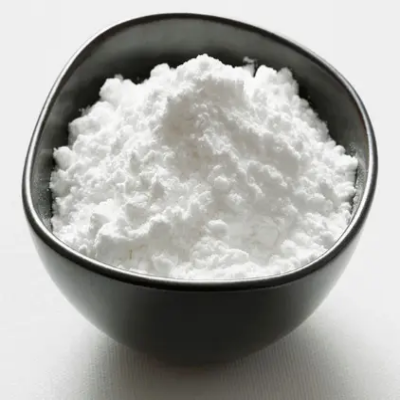9,9-Dimethyl-9H-fluoren-2-yl-boronic acid CAS:333432-28-3
9,9-Dimethyl-9H-fluoren-2-yl-boronic acid (DMFBA) is a compound with notable structural characteristics and diverse applications across various domains of chemistry. 1. Synthetic Chemistry: Suzuki-Miyaura Cross-Coupling: DMFBA plays a crucial role as a boronic acid reagent in Suzuki-Miyaura cross-coupling reactions, facilitating the synthesis of biaryl compounds. This reaction is widely utilized in organic synthesis for constructing complex molecules, including pharmaceuticals, agrochemicals, and materials. 2. Transition Metal Catalysis: Ligand Design: The fluorene scaffold of DMFBA, combined with its steric hindrance from the methyl groups, makes it an excellent ligand for transition metal-catalyzed reactions. It enhances catalytic activity and selectivity in various transformations, including carbon-carbon and carbon-heteroatom bond formations. 3. Functional Materials: Organic Electronics: DMFBA and its derivatives find applications in organic electronics due to their electron-rich nature and rigid molecular structure. They are employed in the fabrication of organic light-emitting diodes (OLEDs), organic field-effect transistors (OFETs), and other optoelectronic devices. Molecular Recognition: The unique structure of DMFBA enables its use in molecular recognition and sensing applications. By functionalizing DMFBA derivatives with appropriate receptor groups, selective binding to target molecules can be achieved, with potential applications in chemical sensing and detection. 4. Biomedical Applications: Biosensors: DMFBA-based materials have been explored for the development of biosensors capable of detecting biomolecules such as glucose, proteins, and nucleic acids. The boronic acid moiety of DMFBA can selectively bind to certain analytes, enabling the transduction of biological signals into measurable outputs. Therapeutics: DMFBA derivatives have shown potential in medicinal chemistry, particularly in the design of enzyme inhibitors and anticancer agents. Their ability to target specific biomolecules through boronic acid-mediated interactions offers opportunities for the development of novel therapeutics with enhanced efficacy and selectivity. In summary, 9,9-Dimethyl-9H-fluoren-2-yl-boronic acid is a versatile compound with wide-ranging applications in synthetic chemistry, catalysis, materials science, and biomedicine. Its unique structural features and reactivity continue to inspire innovative research and development, driving advancements across various scientific disciplines.



| Composition | C15H15BO2 |
| Assay | 99% |
| Appearance | white powder |
| CAS No. | 333432-28-3 |
| Packing | Small and bulk |
| Shelf Life | 2 years |
| Storage | Store in cool and dry area |
| Certification | ISO. |


